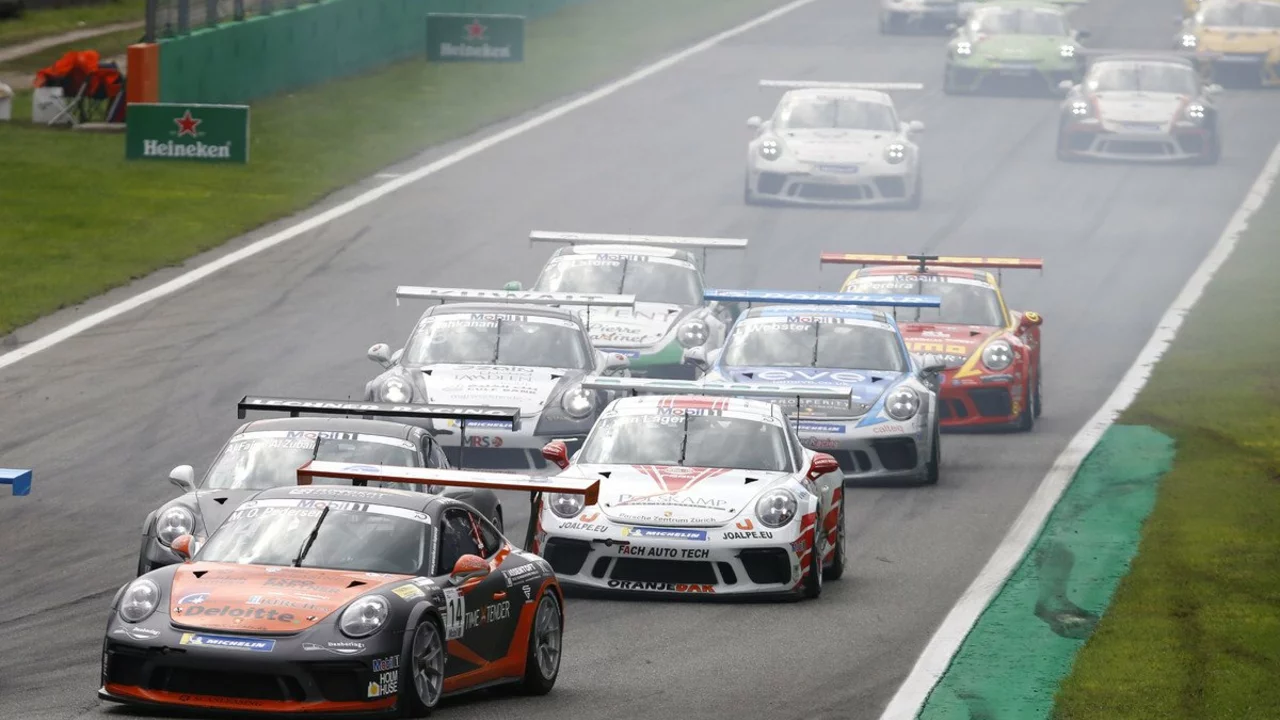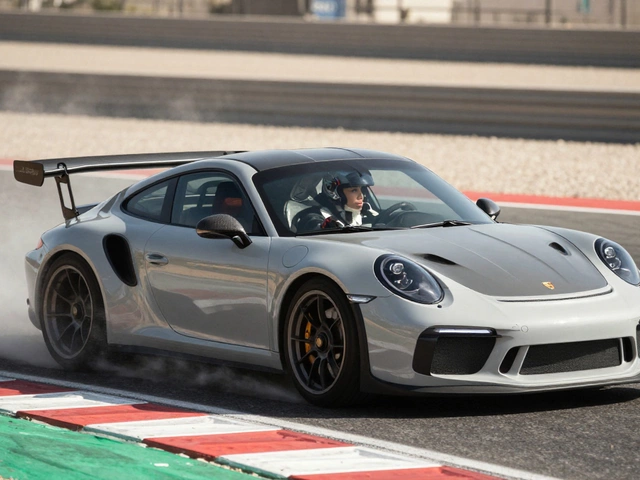Rallying – What It Is, How It Works, and Why You Should Care
If you hear the word "rally" and think of high‑speed cars sliding through forests or desert dunes, you’re not far off. Rallying is an off‑road motorsport where drivers race against the clock on mixed surfaces – gravel, snow, tarmac – often on public roads that are closed for the event. Unlike circuit racing, there’s no direct wheel‑to‑wheel competition; it’s you versus the stopwatch, and a co‑driver who reads you the pace notes.
Getting started is easier than you might think. All you need is a suitable car, a valid driver's licence, and a local club that runs events. In the UK, clubs like the Motor Sports Association (MSA) handle permits and insurance, while in places like India you’ll join a rally club that handles the paperwork for you. The key is to find an event that matches your skill level – most clubs offer novice categories where the cars are only lightly modified.
Essential Gear: Sticks, Handbrake, and More
When you sit behind a rally wheel, you quickly learn you’re juggling more than just a steering wheel. The two sticks every driver relies on are the gear stick and the hand‑brake lever. The gear stick lets you shift quickly between gears – rally cars often use a sequential gearbox that can be shifted up or down without a clutch pedal. The hand‑brake is the secret weapon for tight hairpins; pulling it locks the rear wheels and helps you spin the car into a slide. Knowing when to use each stick makes the difference between a clean corner and a spin‑out.
Speaking of the hand‑brake, many beginners wonder if it’s used all the time. The answer? Not always. You’ll pull it to initiate a controlled slide or to stop quickly in an emergency, but on high‑grip tarmac you’ll rely more on the foot brakes. Mastering the hand‑brake takes practice, but once you get the feel, it adds a whole new level of control.
Why Rallying Isn’t Huge in the US (…Yet)
Rallying is huge in Europe, but it’s still a niche sport in the United States. The main reasons are the lack of organized events, higher costs to build a rally‑ready car, and limited public awareness. Unlike NASCAR or IndyCar, there aren’t many dedicated rally tracks, and the permitting process for road‑based stages can be a headache. Still, the scene is growing – clubs in the Pacific Northwest and Colorado are putting together more events each year, and the popularity of rally video games is sparking new interest.
Safety has also shaped rally history. Remember Group B? In the 1980s those cars were insanely fast, lightweight, and barely regulated. The danger was real – several fatal accidents forced the FIA to pull the plug on Group B in 1986. Today’s rally cars are powerful but built around stricter safety standards, making the sport exciting without being reckless.
Whether you’re curious about the Volkswagen Golf R’s chances in rally or wondering if a stock Subaru WRX can be a rally car, the answer is simple: the base model gives you a great starting point, but you’ll need upgrades – stronger suspension, safety roll cage, and tuned engine – to survive the rough sections.
So, if you’re ready to trade the smooth track for muddy roads, grab a co‑driver, brush up on pace‑notes, and start with a club event. Rallying rewards skill, bravery, and a love for the unknown – and the community is always happy to welcome new faces.

What's harder, rallying or formula one?
In a recent blog post, we dove into the challenging worlds of rallying and formula one racing. After comparing their intense physical demands, mental endurance, and technical skills required, it seems both sports are incredibly tough in their own ways. However, many argue that rallying might be slightly harder due to its unpredictable terrains and weather conditions. On the other hand, the high-speed precision and split-second decisions required in Formula One can't be underestimated. Ultimately, the verdict is subjective and depends on personal preference and strengths.
read more
